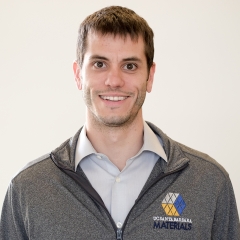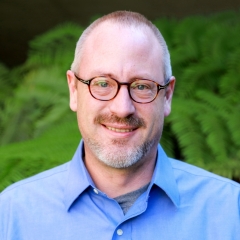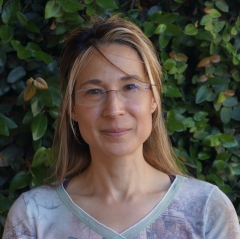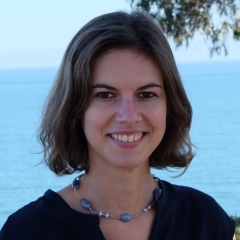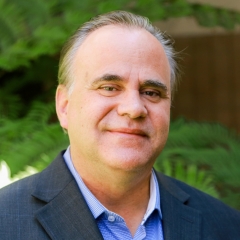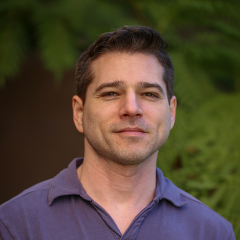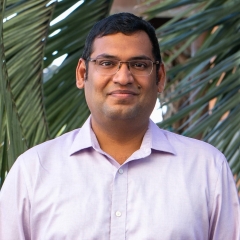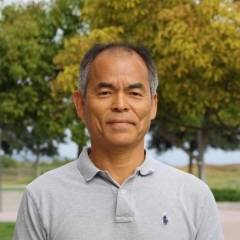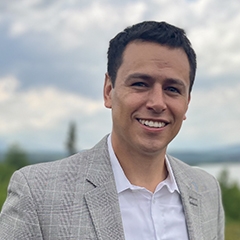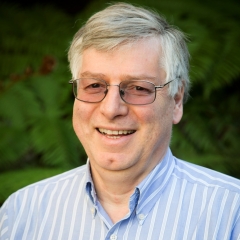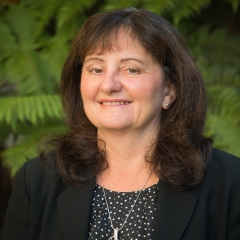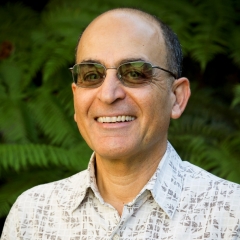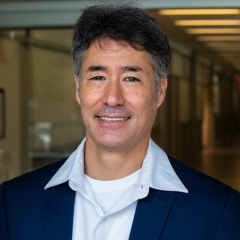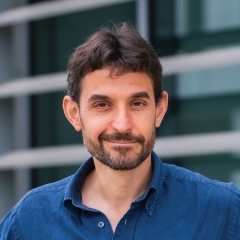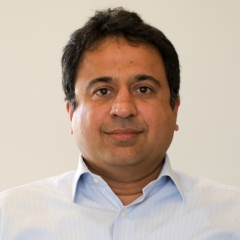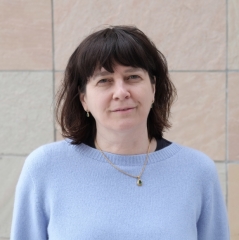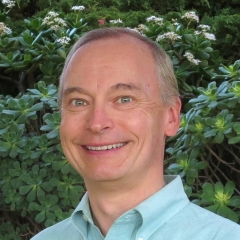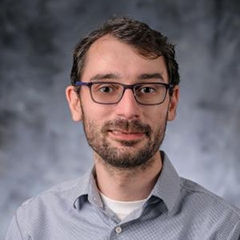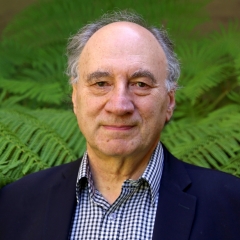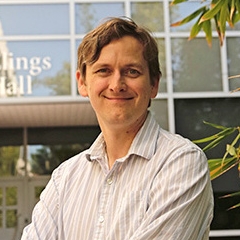Faculty
-
Associate Professor, Materials
-
Professor, Mechanical Engineering and Materials
-
Joining Spring 2026
Professor, Materials and Electrical & Computer Engineering
-
NAE
Mehrabian Interdisciplinary Endowed Professor
Professor, Mechanical Engineering and Materials -
Distinguished Professor, Materials
-
NAI
Professor, Materials -
Associate Professor, Materials
-
NAE, NAI
Mitsubishi Professor of Solid State Lighting and Displays, Materials
Distinguished Professor, Electrical & Computer Engineering -
Professor, Materials
-
Associate Professor, Materials
-
NAE, FRS, AAAS, NAI, NAS
Heeger Professor of Interdisciplinary Science, Chemistry
Distinguished Professor, Materials
Clarke Professor, CNSI -
Associate Professor, Materials
-
Assistant Professor, Materials
-
NAE, FREng, FRSE
Evans Professor of Structural Materials, Materials
Distinguished Professor, Mechanical Engineering -
Nobel Prize in Physics, NAE, NAI, NIHF
Royal Academy of Engineering
CREE Professor of Solid State Lighting and Displays, Materials -
Assistant Professor, Materials
-
Distinguished Professor, Electrical & Computer Engineering and Materials
-
Associate Professor, Materials
-
NAE, GASL
ALCOA Professor of High Tech Materials, Materials -
Assistant Professor, Materials
-
Distinguished Professor, Materials, Physics, and Molecular, Cellular, & Developmental Biology
-
Mehrabian Professor, Materials
Professor, Mechanical Engineering -
Department Chair
Professor, Materials, Physics and
Biomolecular Science & Engineering -
NAE, AAAS
Kramer Professor of Materials
Professor, Chemical Engineering -
Fred and Linda R. Wudl Professor in Materials Science
Distinguished Professor, Chemistry -
NAI
Seoul Viosys Professor of Solid State Lighting, Materials -
Distinguished Professor, Materials
-
NAE
Kroemer Professor of Materials Science -
Associate Chair
Professor, Materials -
Associate Professor, Chemistry and Materials
-
Distinguished Professor, Materials
-
Professor, Materials
-
Distinguished Professor, Materials


